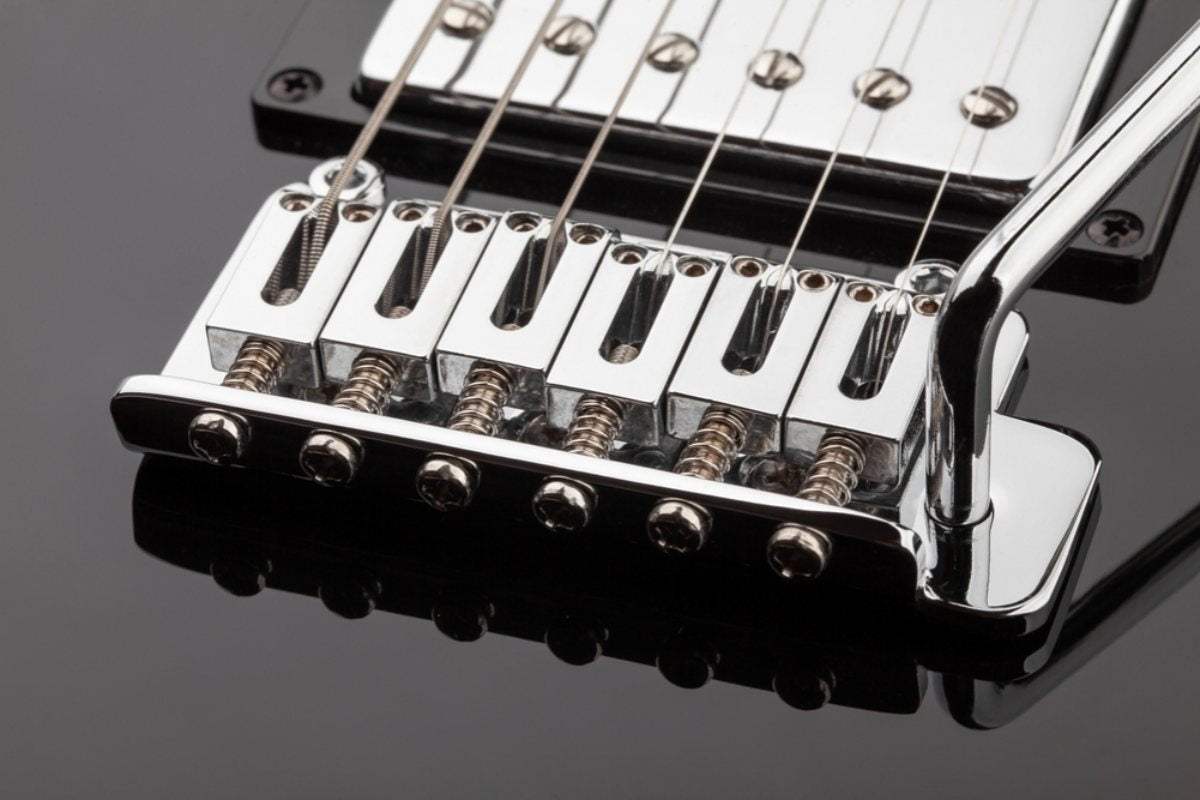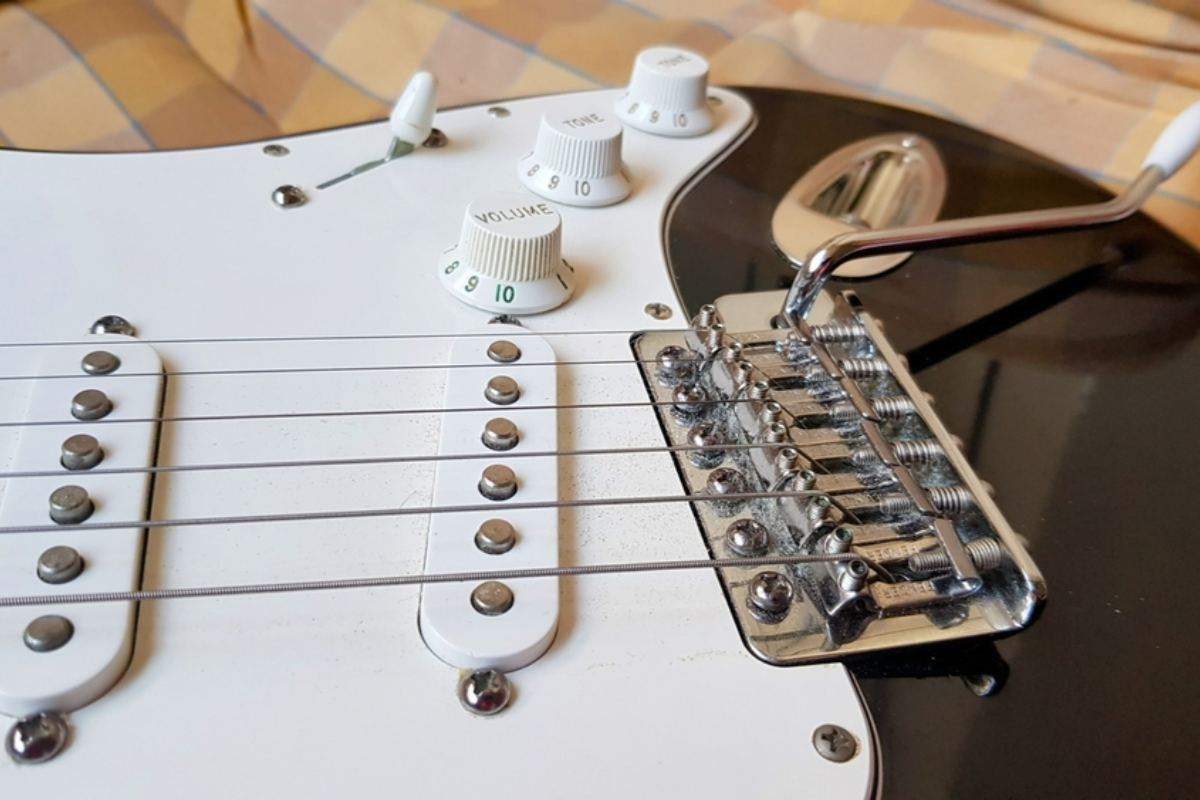What is the best wood for guitar body is a question that is often highly debated. Some players don’t even think that the wood choice is very important at all. This is because in their opinion so many other factors, such as pickups, bridge design, strings, and of course, the player's fingers or how they use a pick, have a far greater effect on the tone of an instrument.
Personally, I disagree, I believe that every single part of your guitar influences how it sounds, and since the majority of it is made of wood, understandably, the choice of wood used in its construction will influence its tone.
Why are Tonewoods so important?
The type of wood chosen for a particular guitar design affects more than just the tone, but other factors that in their own way, influence the tone of an instrument. These include the amount of sustain, where the mid frequencies sit, and the balance between the low-end and the high-end frequencies.
So, let’s take an alphabetical look at the most popular tonewoods currently being used for guitar bodies, necks, and fingerboards to find the best wood for your guitar.

Alder
Alder is a mid-weight wood with a good tonal balance that works well with single coil pickups because the high frequencies don’t get harsh. This is one of the reasons it was so widely used by Fender for many of the classic bodies on their 50s and 60s guitars, and remains the most commonly used body wood by the company to this day.
Generally, it is bland-looking wood in terms of its color and grain which makes it an excellent choice for finishing with solid colors.
Ash
Ash is also a popular Fender body wood choice, especially swamp ash. It is slightly heavier than alder. Two types are used for guitar bodies, the harder and brighter Northern Ash, and the Southern Ash, which includes swamp ash.
Ash is a resonant wood with scooped mids, making it a great choice for playing blues rock. However, it is considered rare these days, and the large guitar manufacturers only use it sparingly for high-end instruments.
Basswood
Basswood is often the number one body wood choice for a number of rock guitars and super strats. It is widely grown, making it a sustainable, economical option, and it’s also one of the easiest woods to work with.
But don’t let those facts make you think of it as just an easy, cheap option, it is nicely balanced tonally, being a little bit warmer with more mid-range than alder and having a smoother top-end. This is why it is so often used on guitars with major tremolo systems such as a Floyd Rose because it can counteract the high-end shrill and has more than enough of the low-end frequencies to put a smile on the face of any riff meister.

Koa
Koa is a rare wood that only grows on the Hawaiian Islands, however, it is still widely used in guitar construction. It is generally only used for building acoustic guitars, which require a lot less wood than a solid body.
Tonally it has strong, rich mids (similar to mahogany) but a more flamboyant grain pattern making it one of the best looking tonewoods.
Korina
Korina also shares lots of the properties of mahogany, but with a resonance that is similar to ash, and a lighter weight. That’s one of the main reasons manufacturers use it for larger guitar designs, such as Gibson Explorers and Flying Vs.
It mainly grows in Western Africa and is a great looking tone wood, far nicer to look at than Maghogany, but not as spectacular as Koa, making it a very popular choice for guitar building.
Mahogany
Next, we have the big daddy of electric guitar wood, Mahogany, which is, in a lot of guitarists’ opinion, the best wood for electric guitar body. It’s one of the most commonly used tonewoods for building both guitar bodies and necks and is renowned for producing a rich, deep, thick tone with massive sustain. The dense qualities of the wood create this much sought-after sound, but there is a downside, the weight, which can be crippling.
Mahogany is not only used on its own for the whole guitar body and neck but is often combined with other woods to make a more attractive-looking guitar. These include adding a gorgeous flame maple top to a mahogany body, such as those found on Les Pauls and many PRS guitars.
Pine
Pine was widely used in the past for guitar building but is now a much less common choice. It is a warm-sounding soft wood that excels at delivering tight high-end frequencies. It was most famously used by Fender in the early 50s for the first Esquires and Telecasters, so if that’s the tone you’re looking for, pine could well be best wood for guitar for you.

Poplar
Poplar is usually the wood electric guitar for lower mid-priced and budget instruments, but that doesn’t mean it lacks tonal character. It is very nicely balanced and a great starting block on which to build your tone.
Walnut
Walnut is rarely used for solid body guitars, because, even though it sounds great and looks wonderful, it is ridiculously heavy. It sounds similar to mahogany but is a little brighter and tighter, which is not a bad thing.
However, it is used on some semi-hollow guitars where the weight is less of an issue due to a lot less wood being used and it makes fantastic acoustic guitars.
Now that all the body and neck tonewood options have been covered, let’s move on to…
What is the Best Wood for a Fingerboard
As I mentioned, I believe that every part of a guitar plays a role in creating its tone. However, I will admit that considering how little wood is used to create a fingerboard, it probably is way down on the list of most important elements that make up a guitar’s tone.
But, that said, I think the wood used for a fingerboard is incredibly important, not in terms of tone, but in how the wood feels under your fingers. It is, after all, where the fingers of your fretting hand do all their work. So, let’s take a look at some of the most common choices…
Maple
Unlike the other woods used for fingerboards, Maple may either be part of the neck (one solid piece of maple that includes the fingerboard) or be a separate maple fingerboard that is attached to the neck.
It is a heavy, very dense wood making it strong and durable, yet still bright sounding and focused. Like Walnut, it is too heavy for solid guitar bodies, but a great option for fingerboards as well as necks.
Rosewood
If you’re on the lookout for a nice Fender or Squier, you will probably be faced with the decision of whether to go with a maple or rosewood fingerboard.
Rosewood has a completely different feel under the fingers to the tight, hardness of maple. It has a more porous feel as well as an ever so slightly warmer tone. The only way to find out which you prefer is to play both options, however, since rosewood is now protected due to its rarity, you will need to spend a considerable amount on a new guitar these days to get a genuine rosewood fingerboard.
Due to dwindling world supply, other woods are now being used instead of rosewood such as bubinga, laurel, ziricote, grenadilla, and pau ferro.
Ebony
Ebony is traditionally a dark-colored, dense, hard wood that is mainly found in Africa and Central America, however, lighter-colored versions are now also being used by manufacturers. It features a fantastically smooth playing surface, with a tight grain, and a solid feel.
It is sonically similar to maple and can add high-mids and top-end to guitars with a mahogany body and neck. However, it is brittle, normally needing a skilled luthier to work it as opposed to a wood like maple which can easily be machined.
Pau Ferro
If you were to cross rosewood and ebony, you would probably end up with something very similar to pau ferro. It is denser and harder than rosewood, with a nice tight grain that adds clarity, definition, and sustain.
When first introduced by guitar manufacturers, it was used for the fingerboards on a number of higher-end guitars, such as Fender’s SRV signature strat, but it is now widely found on mid-range guitars due to the rarity, restrictions, and price of rosewood.
Wrapping it up
Well, that’s it, we’ve come to the end of our guide to tonewoods. You should now have a better understanding of the woods that make up your current guitar or guitars and the effect they have on its tone. You should also know what to look for in your next guitar purchase. Happy guitar shopping
If you like this article, please share it!
Be sure to join our FB Group Guyker Guitar Parts & Accessories Community to share your ideas! You can also have connections with like-minded guitar players, Guyker updates as well as discounts information from our FB Group.





